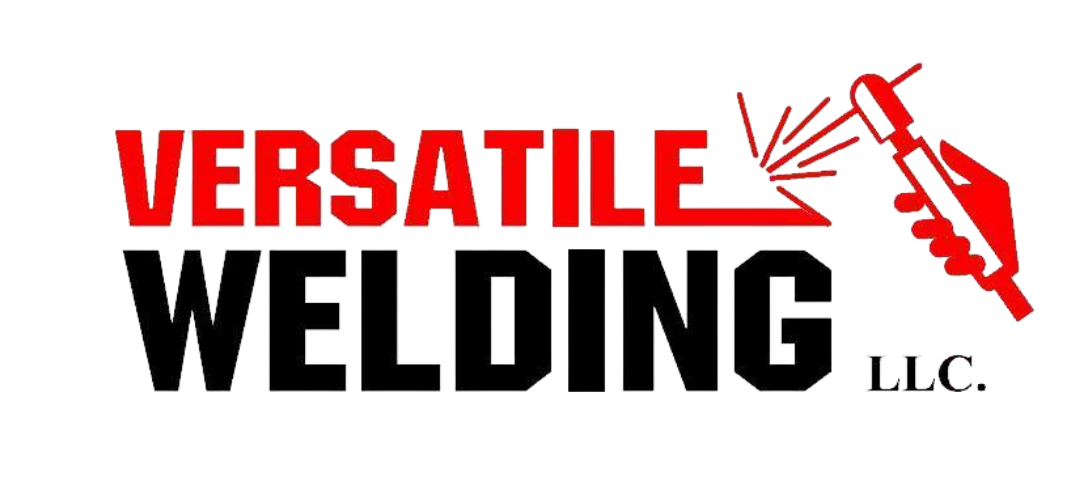Versatile Welding Group
Welding is a crucial process used in manufacturing and construction to join two pieces of metal together. There are several welding methods that are used to achieve this, and each has its own set of advantages and disadvantages.
1- Gas Tungsten Arc Welding (GTAW) GTAW is also known as Tungsten Inert Gas (TIG) welding and is a precise and versatile welding method. It is commonly used to weld thin metal sheets, stainless steel, and aluminum. The process uses a non-consumable tungsten electrode to produce the weld, which is protected by an inert gas, typically argon.
Advantages:
Precise control of the welding process results in high-quality and consistent welds.
Welds can be made in any position, including horizontal and vertical.
The process produces minimal spatter and fumes, making it safer for the welder.
Disadvantages:
The process is relatively slow, making it less efficient for large scale production.
It requires a higher level of skill and experience to master compared to other welding methods.
2- Gas Metal Arc Welding (GMAW) GMAW, also known as Metal Inert Gas (MIG) welding, is a semi-automatic welding process that uses a wire fed electrode to create the weld. The electrode is protected by an inert gas, such as argon, to prevent oxidation.
Advantages:
GMAW is a fast and efficient welding method, making it ideal for large-scale production.
The process is relatively simple and can be easily automated.
The welds produced by GMAW are strong and consistent.
Disadvantages:
The process produces a higher level of spatter and fumes compared to GTAW.
It requires a constant flow of shielding gas, which can be problematic in outdoor environments.
3- Shielded Metal Arc Welding (SMAW) SMAW is a manual welding method that uses a coated electrode to create the weld. The electrode is coated with a flux that provides shielding from the atmosphere and generates the filler metal for the weld. This process is typically the preferred option for field welding or when projects require welding onsite.
Advantages:
SMAW is a versatile welding method that can be used on a wide range of materials and in various positions.
The process is relatively simple and does not require a power source, making it ideal for remote or fieldwork.
Disadvantages:
The process is relatively slow, making it less efficient for large-scale production.
The welder must frequently change the electrode, which can slow down the welding process.
4- Flux-Cored Arc Welding (FCAW) FCAW is a welding method that uses a continuous wire fed electrode that is filled with flux. The flux provides shielding from the atmosphere and generates the filler metal for the weld.
Advantages:
FCAW is a fast and efficient welding method, making it ideal for large-scale production.
The process is simple and can be easily automated.
Disadvantages:
The process produces a higher level of fumes and spatter compared to GTAW.
It requires a constant flow of shielding gas, which can be problematic in outdoor environments.
In conclusion, each welding method has its own set of advantages and disadvantages, and the choice of welding method depends on the specific requirements of the job. Factors such as the type of metal, position of the weld, and production rate will all play a role in determining the best welding method to use.





